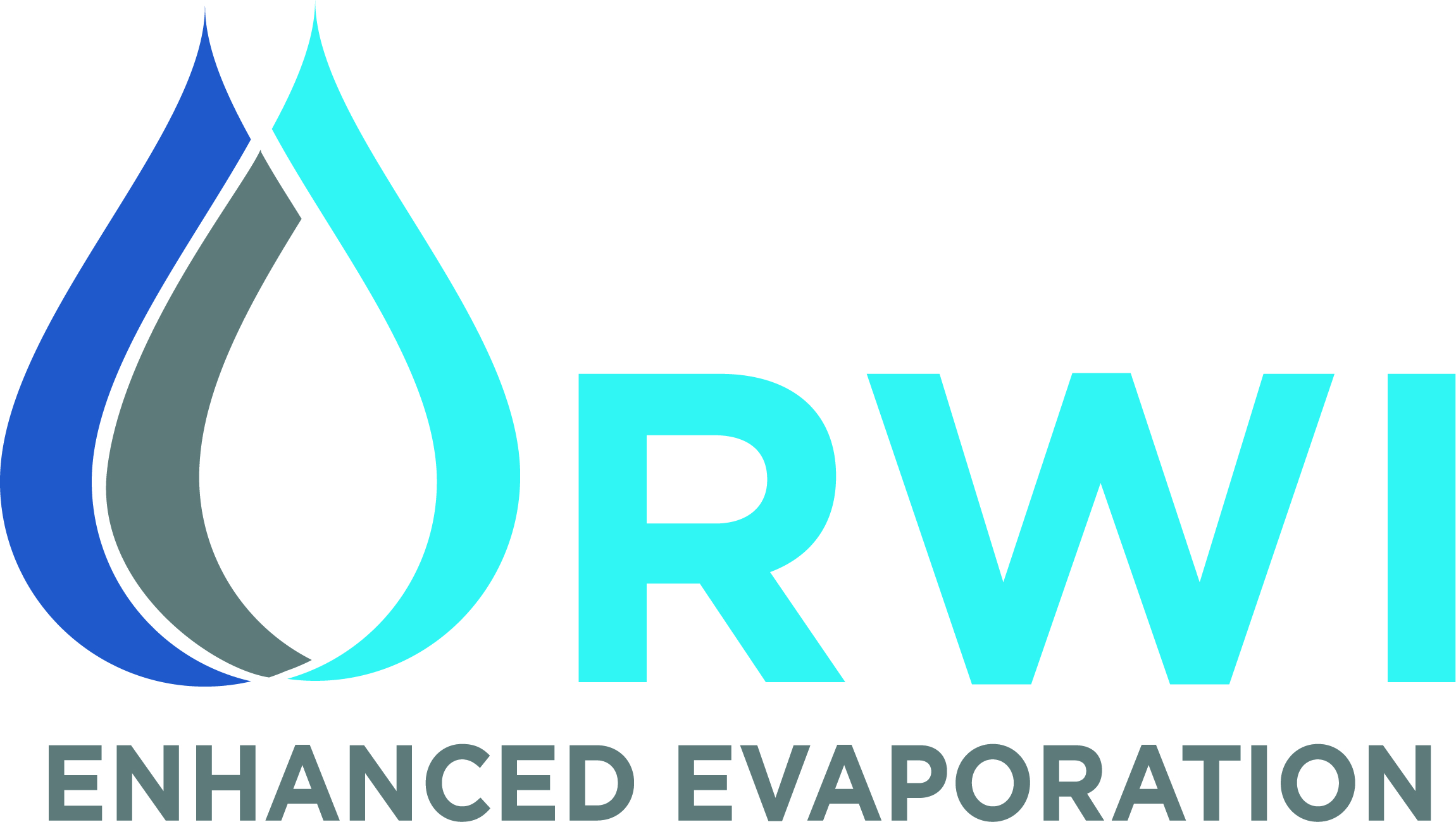There's coal in Silicon Valley
Coal Bin by Harold Hough
We know that most of a computer is made with coal based plastics. But, did you know that coal was also a critical part of the heart of the computer – the silicon chip? If it wasn’t for the special chemical properties of coal based chemicals, the modern computer chip wouldn’t be anywhere near as powerful as it is.
Although the core of the computer chip is an ultra-pure silicon crystal, what make it work are the trace chemicals that are layered on the chip in a complex three dimensional pattern. These semiconductors appear to the naked eye as being small and flat, but they are actually three-dimensional “sandwiches” that are ten to twenty layers thick. It can take more than two dozen steps and up to two full months to produce a single one of these silicon sandwiches. These impurities in the silicon chip direct and manipulate the electrons in such a way that they can run a complex computer game or pilot a spacecraft to the stars. Yet, these circuits are measured in billionths of a meter in width.
After the silicon chip is grown and cut, a layer of silicon dioxide is formed on the surface. One of the chemicals used in this oxidation process is frequently trichloroethane. Trichloroethane is a excellent solvent that can dissolve more organic materials than most solvents. As a result, it is an ideal carrier of trace chemicals that can be added to the solvent, placed on the silicon chip and then evaporated, leaving the trace chemical behind. Trichloroethane can be produced many ways, but several are based on coal derived chemicals like acetylene.
Once the silicon dioxide layer is in place, the circuitry and transistors can be printed on the silicon chip. And, again, it is coal and its byproducts that are critical.
Photolithography is the key to the silicon chip’s microcircuits. This is the procedure used for transferring an image onto the surface of the wafer. This results in the formation of extremely small, accurate patterns on the wafer’s silicon dioxide surface. The first step in the photolithography process is covering the wafer’s oxide coating with a thin layer of photoresist. The next step involves soft baking of the coated wafer in an oven for semi-hardening the deposited photoresist. Then ultraviolet (UV) light passing through a mask containing the circuit pattern determines where the light-sensitive polymer will be exposed.
Hundreds of copies of the chip are etched onto the wafer until the entire surface has been exposed. Once this process is complete, the entire wafer is submerged into an etching bath, which washes away any parts of the photoresist that remain unexposed.
Coal based chemicals are critical during the whole process. One chemical used to help bond the photoresist to the silicon dioxide is hexamethyldisilane, which creates a tighter bond to the silicon. Like other chemicals, it can be synthesized in many ways, but one key chemical frequently used in its synthesis is methane, which is basically the coal gas that mines now tap off and sell.
The undeveloped photoresist is washed off the silicon chip in the etching bath with several solvents including acetone and propylene glycol methyl – both which can be derived from coal.
Of course, the key to a powerful computer chip is creating layer upon layer of circuitry. That means separating the layers with more layers of silicon and silicon dioxide. These are deposited on the silicon chip with a process called chemical vapor deposition. One of the carrier gases for this process is ammonia – another coal based chemical.
Other coal based chemicals are also necessary for computer chip production. They include benzene, methyl chloroform, and toluene. Their unique solvent properties make the deposition and removal of these microscopic layers on the silicon chip possible. Without them, the modern computer chip would be impossible.
